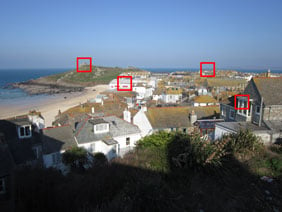Canon PowerShot A3300 IS / A3200 IS
-
-
Written by Gordon Laing
Quality
Canon PowerShot A3300 IS vs PowerShot A3200 IS vs Panasonic Lumix FS18 / FH5 Real-life resolution
Canon PowerShot A3300 IS results : Real-life resolution / High ISO Noise
Canon PowerShot A3300 IS |
Canon PowerShot A3200 IS |
Panasonic Lumix FS18 / FH5 | ||
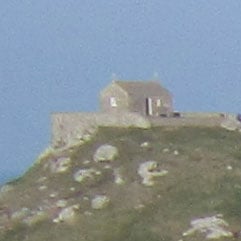 | 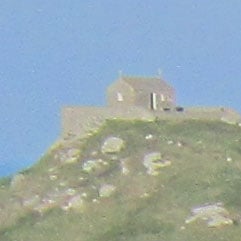 |  | ||
f8, 80 ISO |
f8, 80 ISO |
f9, 100 ISO | ||
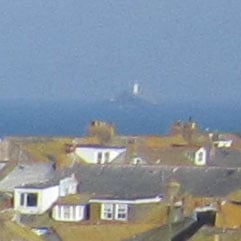 | 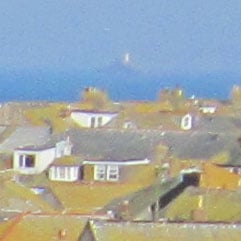 | 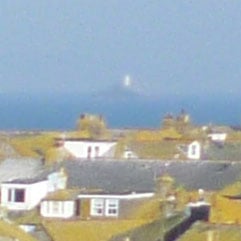 | ||
f8, 80 ISO |
f8, 80 ISO |
f9, 100 ISO | ||
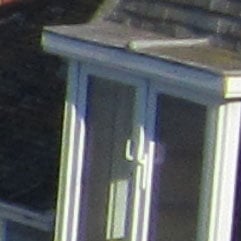 | 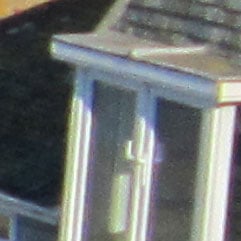 | 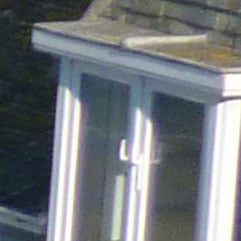 | ||
f8, 80 ISO |
f8, 80 ISO |
f9, 100 ISO | ||
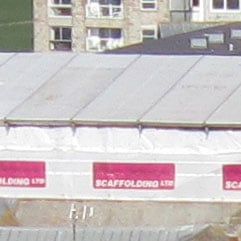 | 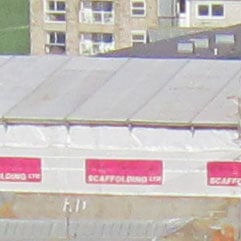 | 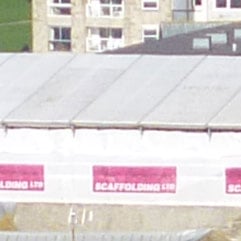 | ||
f8, 80 ISO |
f8, 80 ISO |
f9, 100 ISO |
Canon PowerShot A3300 IS results : Real-life resolution / High ISO Noise
In Program mode, the PowerShot A3200 IS selected a shutter speed and aperture combination of 1/1250 at f2.8 – a much larger aperture than was selected by either the PowerShot A3300 IS (f8) or the Panasonic Lumix FS18 / FH5 (f9). In Auto mode the A3200 IS selected an aperture of f8 – much closer to the other two cameras – so that’s what we used for this comparison. The above image was taken with the Canon PowerShot A3300 IS in Program mode. The lens was set to its maximum wide angle setting of 5mm (28mm equivalent) and the metering selected an exposure of 1/200 at f8 with the sensitivity at 80 ISO. The original 4608×3456 pixel image had a file size of 3.4MB. The crops are taken from the areas marked with red rectangles and are presented here at 100%. The PowerShot A3300 IS has made a good job of exposing this scene in quite challenging sunny conditions with bright highlights and dense shadows. The colours are well saturated and vibrant. Overall, the crops look noisier and more processed than you’d expect and this is undoubtedly a consequence of the density of photosites on the 16 Megapixel sensor. In the first crop the flat colour in the blue sky shows evidence of noise and the crosses at either end of the chapel roof aren’t as well defined as they might be. The same goes for the second crop which also has a grainy looking sky, though the lighthouse in the far distance is a well-resolved white column. Noise and/or processing designed to reduce it is also affecting the detail in the foreground of this crop with the horizontal and vertical lines of the window frames less crisp and defined than we’ve seen from other comnpact sensor and lens combinations. In the third crop there’s some evidence of colour fringing caused by chromatic aberration and the clumpy processed appearance is even more in evidence here than elsewhere. Detail in the crop from the central area looks better though, the wording on the pink banner is clearly legible, but there’s no escaping the graininess. Having said that, the 16 megapixel sensor of the A3300 IS compares very favourably with the crops from the 14.1 Megapixel A3200 IS. The PowerShot A3200 IS crops look more processed than those from the A3300 IS – they’re softer and slightly less contrasty and the fine image detail is less well resolved. The 16 Megapixel Panasonic Lumix FS18 / FH5 provides some mixed results in direct comparison with the crops from the PowerShot A3300 IS. The FS18 / FH5 makes a poor start, there’s not nearly as much detail in the first crop from the FS18 / FH5 as in the one from the A3300 IS. Likewise, the lighthouse in the second crop is quite poorly defined and the foreground detail looks comparatively soft. With the crop from the edge of the frame, though, the Lumix FS18 / FH5 fares much better, this crop looks much less processed than the one from the PowerShot A3300 IS and though there’s a hint of colour fringing the overall quality looks a little better. In the crop from the centre of the frame the PowerShot A3300 IS looks, once again to have the edge with crisper, punchier, more clearly defined detail. Now let’s see how they compare at higher sensitivities in our High ISO Noise results. |
Canon PowerShot A3300 IS vs Powershot A3200 IS vs Panasonic Lumix FS18 / FH5 High ISO Noise
Canon PowerShot A3300 IS results : Real-life resolution / High ISO Noise
Canon PowerShot A3300 IS results : Real-life resolution / High ISO Noise
|
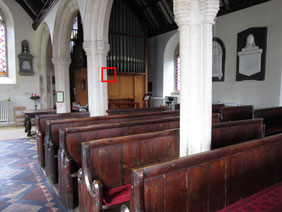 | To compare noise levels under real-life conditions we shot this scene with the Canon PowerShot A3300 IS, the Canon PowerShot A3200 IS, and the Panasonic Lumix FS18 / FH5 within a few moments of each other using their best quality JPEG settings at each of their ISO sensitivity settings. All three cameras were set to Program exposure mode, the lenses were set to approximate the same field of view and ISO was manually set. |
The above shot was taken with the the Canon PowerShot A3300 IS in Program mode with the lens at its widest angle setting of 5mm (28mm equivalent). The ISO sensitivity was set to 80 ISO and the exposure was 0.4 of a second at f2.8. The crops are taken from the area marked with the red square and presented below at 100%.
For a 16 Megapixel compact sensor, the crops from the PowerShot A3300 IS show a good level of detail with minimal noise in the lower ISO ranges. Let’s start with the 80 ISO crop. While it’s often difficult to spot any evidence of noise on Canon compacts at the base ISO sensitivity here there is some evidence of noisy pixels and the detail isn’t quite as sharp and well defined as it might be. If you look at the wooden panelling there’s an unmistakable graininess though, to be fair, you’d only be likely to notice this on close examination at 100 percent, in other words, you wouldn’t notice it unless you were looking for it.
It’s also generally the case with Canon compacts that’s there’s not much to choose between 80 and 100 ISO, but the A3300’s 100 ISO crop shows a marked increase in noise over the 80 ISO setting. So, while you gain little in terms of sensitivity, you lose out significantly in terms of noise quality as soon as you start to raise the ISO setting. Similarly, when moving up from 200 to 400 ISO there’s another significant loss in quality with the noise now becoming visible even to the casual observer. At 800 ISO even coarser detail is beginning to suffer – notice how the edge of the stone column is breaking up quite badly.
The maximum full resolution sensitivity setting on the PowerShot A3300 IS is 1600 ISO and looking at the crop you can see why. At 1600 ISO the noise is so prevalent and detail loss so bad you can barely make out the organ pipes in the top right corner of the crop. So the story these crops tell is that at the base ISO setting the PowerShot A3300 produces good results with little noise, but that as soon as the ISO sensitivity is raised beyond that base level, noise becomes a very real issue.
Interestingly, in a straight comparison with the 14.1 Megapixel PowerShot A3200 IS, the A3300 IS does quite well. Like it’s higher resolution stablemate, the PowerShot A3200 IS produces excellent results at the base ISO sensitivity of 80, but there is a visible quality degradation with noise becoming more apparent every step of the way up to 1600 ISO. There’s very little in it at 100 and 200 ISO, but we’d venture that the A3300 actually has a slight edge at these settings. From 400 ISO and beyond though, the A3200 IS does better with less noise and better detail than the A3300 IS.
The Panasonic Lumix FS18 / FH5 comes out of this comparison with the two Canon Compacts very well indeed. Compared with Canon, Panasonic compacts typically produce slightly softer image detail with more aggressive noise reduction and, while there’s a degree of subjectivity involved, in this instance we think this approach produces preferable results at the lower ISO settings. At the 400 and 800 ISO settings the Lumix FS18 / FH5 crops are looking a little soft and smeary and at 1600 ISO there’s really not much to choose between the three. In High Sensitivity scene mode the Panasonic FS18 / FH5 produces a 3.1 Megapixel 3200 ISO image which, as you can see from the crop, is quite poorly detailed, but in certain situations possibly better than nothing. The PowerShot A3300’s Low Light Scene mode takes a 4 Megapixel image at an automatically selected ISO setting between 1600 and 6400 ISO. We haven’t included a Low light scene mode crop as the A3300 IS automatically selected 1600 ISO and couldn’t be persuaded to go higher.
Now head over to our Canon PowerShot A3300 IS gallery to see some more real-life shots in a variety of conditions.
Canon PowerShot A3300 IS |
Canon PowerShot A3200 IS |
Panasonic Lumix FS18 | ||
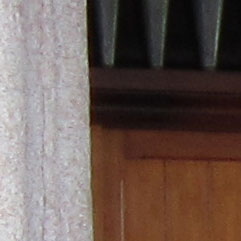 | 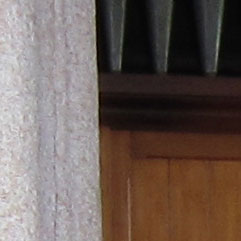 | |||
80 ISO |
80 ISO |
80 ISO Not available | ||
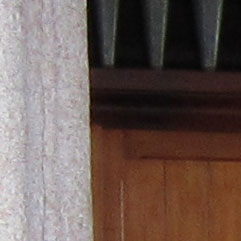 | 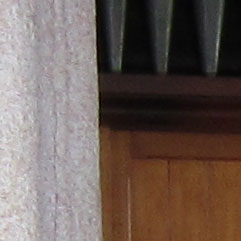 | 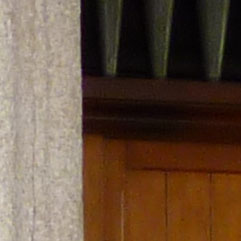 | ||
100 ISO |
100 ISO |
100 ISO | ||
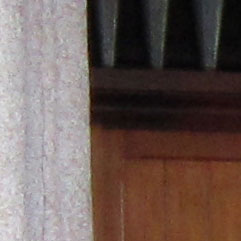 | 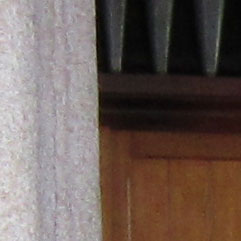 |  | ||
200 ISO |
200 ISO |
200 ISO | ||
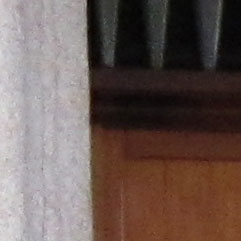 | 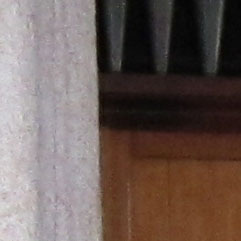 |  | ||
400 ISO |
400 ISO |
400 ISO | ||
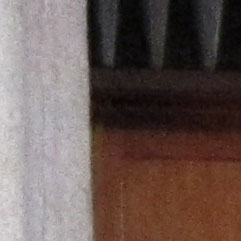 | 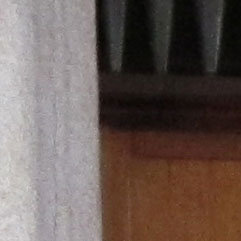 |  | ||
800 ISO |
800 ISO |
800 ISO | ||
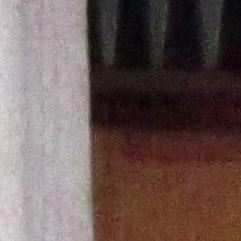 | 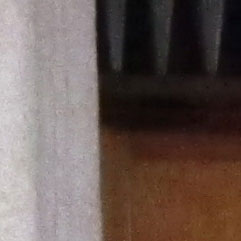 | 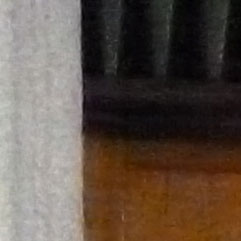 | ||
1600 ISO |
1600 ISO |
1600 ISO | ||
 | ||||
3200 ISO Not available while testing |
3200 ISO Not available while testing |
3200 ISO (High Sens scene mode) |

